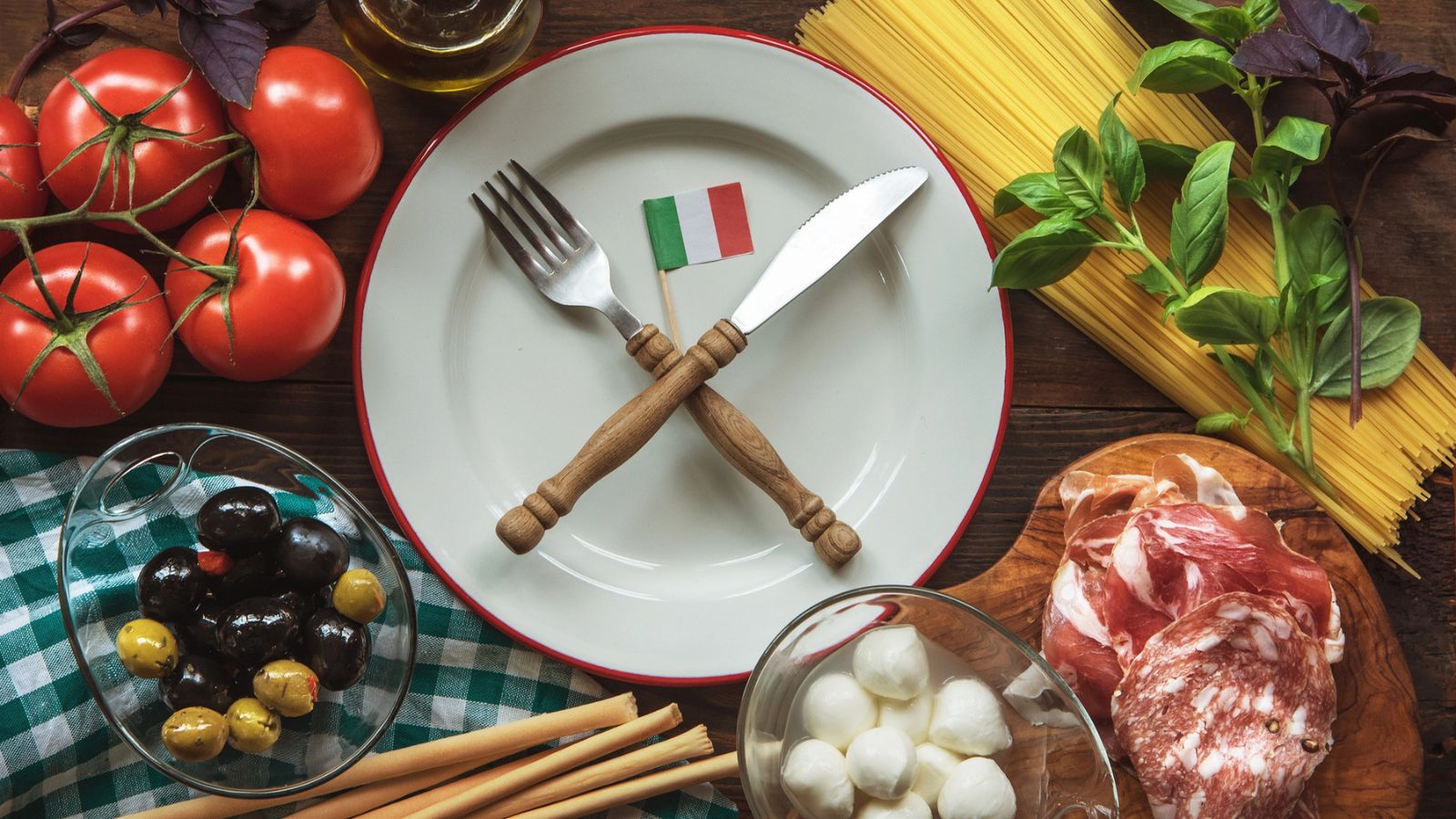13 Italian Dishes Americans Always Mess Up
Italian food is a favorite in many homes, but it doesn’t always end up on the table the way it’s meant to. Some dishes get lost in translation, while others are changed so much they barely resemble the original. If you’ve ever wondered why your spaghetti doesn’t taste quite like it does in Rome, this list may help clear things up.
Carbonara
A real carbonara doesn’t use cream. The sauce is made from eggs, cheese, pancetta, and pasta water. That’s it. When Americans add heavy cream or peas, it turns into something totally different. It may still taste good, but it’s not what you’d get in Italy. Stick to the basics for the creamy texture without any shortcuts.
Fettuccine Alfredo
In Italy, “Alfredo” isn’t even a thing. The dish as we know it in the U.S. doesn’t really exist over there. Italians might toss pasta with butter and Parmesan, but the heavy cream-based version is more of an American invention. If you’re aiming for something closer to the real deal, skip the jarred sauces and keep it simple.
Garlic Bread
Italians don’t serve garlic bread the way it’s shown in American restaurants. Thick bread smothered in butter and garlic isn’t a traditional side. In Italy, you’re more likely to get plain bread served dry, maybe with olive oil on the table. The over-the-top version is fun, but it’s not what they’re eating in Rome or Florence.
Spaghetti and Meatballs
This combo is a total American classic—but not a traditional Italian one. In Italy, meatballs (or “polpette”) are usually served on their own, not on top of pasta. That doesn’t mean you can’t enjoy them together, but it helps to know the original dish isn’t served that way in its home country.
Chicken Parmesan
In the U.S., it’s smothered in cheese and marinara and served with pasta. In Italy, “Parmigiana” usually refers to eggplant, not chicken. Breaded meat with tomato sauce and cheese isn’t really part of the Italian lineup. It’s more of an Italian-American comfort dish than something you’d find in a trattoria.
Caesar Salad
Even though it shows up on most Italian restaurant menus in the States, the Caesar salad didn’t come from Italy. It was created in Mexico by an Italian-American chef. While it tastes great with Italian meals, it’s not part of traditional Italian cuisine—and the original version didn’t have chicken, either.
Pepperoni Pizza
Order a “pepperoni pizza” in Italy and you may end up with bell peppers on your pie. The word “peperoni” in Italian means peppers—not the spicy sausage we know in the U.S. If you’re craving the American version, ask for salame piccante instead. It’s closer to what you’re expecting.
Bolognese Sauce
Many American versions of Bolognese are just meat-heavy marinara sauces. But in Italy, “ragù alla Bolognese” is rich, slow-cooked, and often includes carrots, celery, onion, and even milk or cream. It’s also traditionally served with wide pasta like tagliatelle—not spaghetti. It’s worth trying the original if you haven’t.
Mozzarella Sticks
Delicious? Yes. Italian? Not really. Mozzarella is a staple in Italian cooking, but breading and deep-frying it is a very American idea. Italians use fresh mozzarella in salads, on pizzas, or layered in baked dishes. The fried version is more of a bar snack than a piece of heritage cooking.
Tiramisu
This one’s closer to the real thing, but many American versions go heavy on whipped cream or skip the espresso. Traditional tiramisu is all about layers of espresso-soaked ladyfingers, mascarpone, egg yolks, and a dusting of cocoa. No chocolate chips, no extra flavors—just simple, bold ingredients that speak for themselves.
Lasagna
In the U.S., lasagna tends to be stacked high with tons of cheese and tomato sauce. In Italy, it’s more about balance. You’ll find fewer layers, less cheese, and more béchamel sauce in the mix. It’s still hearty and comforting—just more subtle in flavor than the version you might be used to.
Serving Pasta with Bread
Dipping bread into leftover sauce is common in Italy—but eating bread with pasta isn’t. That pairing is more of an American thing. In Italy, bread is served with the meal but usually not as a side for pasta. And garlic bread? That’s for another time entirely.
Red Sauce Overload
Many Americans drown everything in marinara. But not all Italian dishes need it—or even use it. In Italy, you’ll find a variety of sauces: oil-based, cream-based, or even simple butter and cheese. Knowing when to hold the red sauce can make your Italian meals feel way more authentic.
Sticking Closer to the Original
Tweaking a recipe is fine, especially if it works for your family. But sometimes going back to basics can help the ingredients shine. You may find that the simple, classic way isn’t just more authentic—it tastes better, too.
This article first appeared on Happy From Home.







